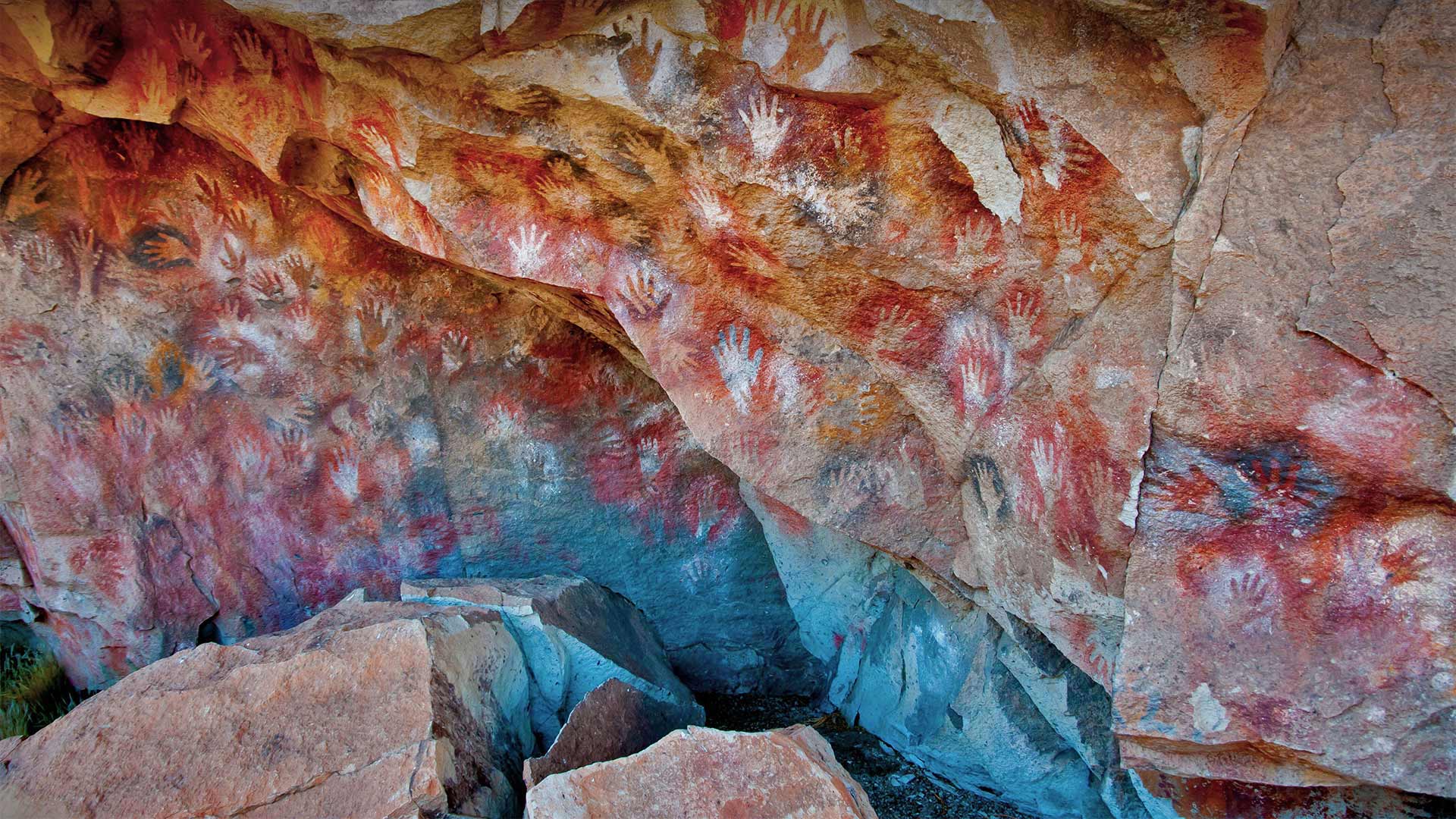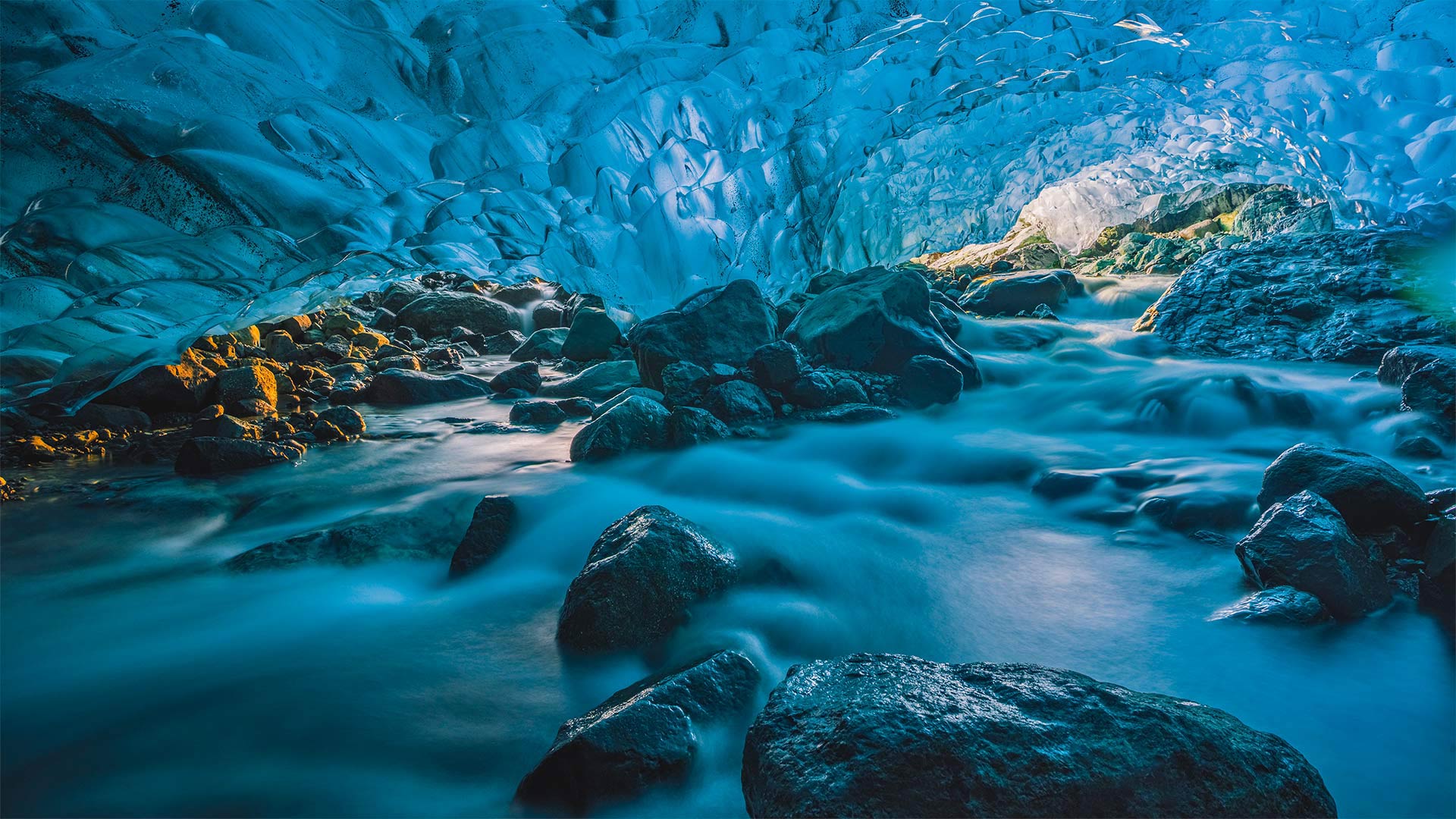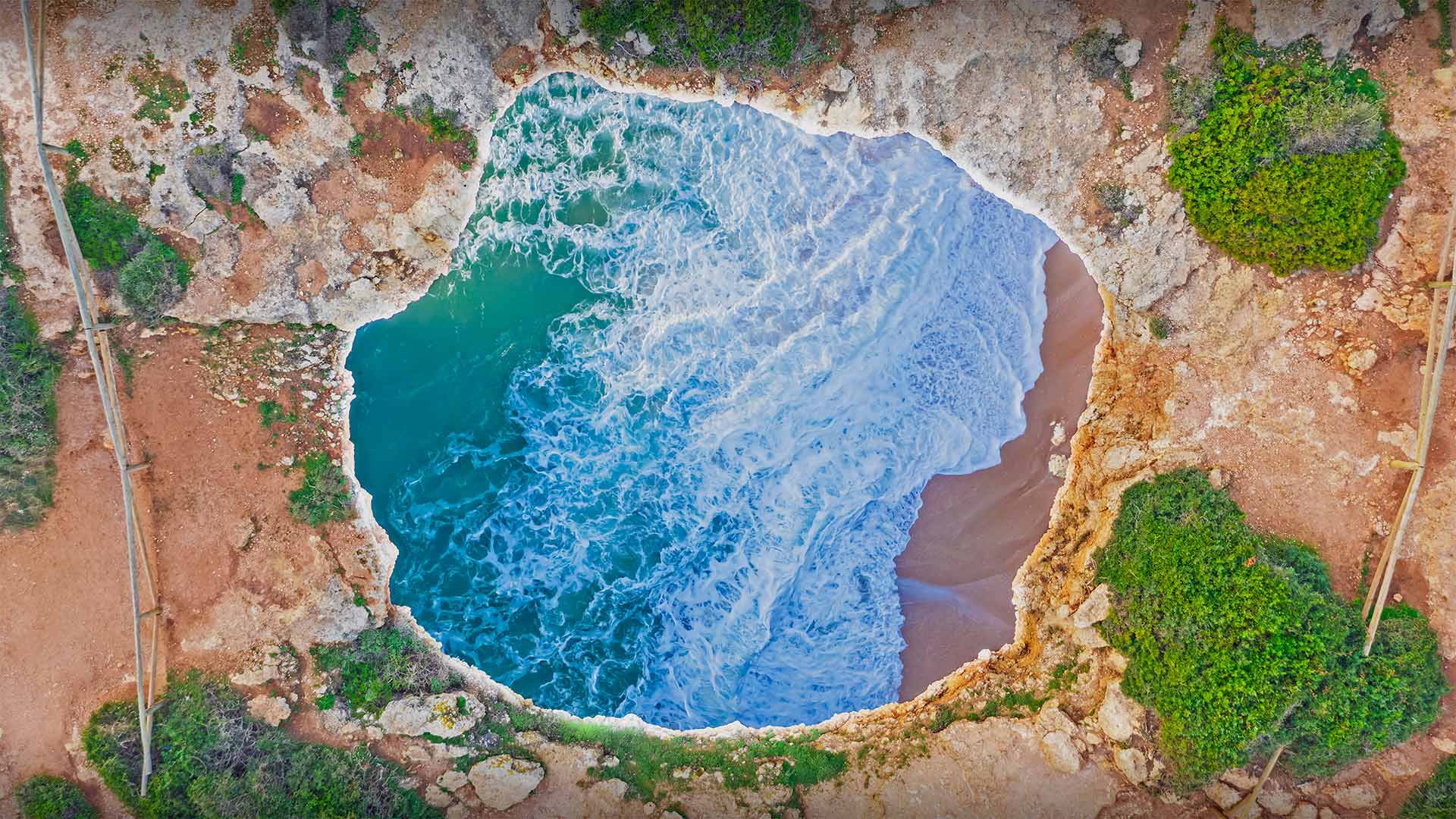标签 洞穴 下的文章
通往大房间的走道,卡尔斯巴德洞穴国家公园,新墨西哥州 Walkway leading into the Big Room, Carlsbad Caverns, New Mexico (© Doug Meek/Getty Images)

通往大房间的走道,卡尔斯巴德洞穴国家公园,新墨西哥州 Walkway leading into the Big Room, Carlsbad Caverns, New Mexico (© Doug Meek/Getty Images)
“深渊”探险 Rocking in the deep
卡尔斯巴德洞窟国家公园
深邃的岩石峡谷,高耸的古代海礁,新墨西哥州的卡尔斯巴德洞窟国家公园拥有世界上最独特的岩层。在其沙漠美景下隐藏着119余个洞穴,这些洞穴是由硫酸溶解周围的石灰岩时形成的。1930年的今天,卡尔斯巴德洞窟国家公园正式成立,它拥有北美最大的地下洞室——“大房间”,洞室里每一个角落和缝隙都是经过数百万年时光雕琢而成的杰作,例如像枝形吊灯一样悬挂着的巨大钟乳石,以及直插“天花板”的钟乳石笋,因此它被联合国教科文组织指定为世界遗产保护地,除了拥有奇特的自然美景外,卡尔斯巴德洞窟国家公园还会组织“蝙蝠飞行观赏”等活动,游客们可以看到成千上万只蝙蝠在洞穴里飞进飞出,场面刺激又壮观。如果您向往地下探险,卡尔斯巴德洞窟国家公园一定会带给您一段独特的体验。
Carlsbad Caverns National Park in New Mexico
With deep rocky canyons and high ancient sea ledges, Carlsbad Caverns National Park in New Mexico boasts some of the most unique rock formations in the world. Hidden beneath its desert scenery are more than 119 caves—formed when sulfuric acid dissolved the surrounding limestone. This national park, founded on this day in 1930, is also home to North America's largest underground chamber—the Big Room. From colossal stalactite formations hanging like chandeliers to stalagmite structures reaching for the ceiling, every nook and cranny is a masterpiece crafted over millions of years. This UNESCO World Heritage Site also organizes events like bat flight viewings, which allow visitors to watch thousands of bats as they swoop in and out of the cavern. Are you ready to explore the depths?
阿根廷圣克鲁斯的洛斯马诺斯洞穴 Cueva de las Manos (Cave of the Hands) in Santa Cruz, Argentina (© Adwo/Alamy)

阿根廷圣克鲁斯的洛斯马诺斯洞穴 Cueva de las Manos (Cave of the Hands) in Santa Cruz, Argentina (© Adwo/Alamy)
9000年前的手印 9,000-year-old handprints
International Day of the World's Indigenous Peoples
What at first glance appears to be graffiti tagged on a rock wall is, in fact, artwork created by the first human settlers of this remote region deep in Argentine Patagonia. It's thought that the cave paintings were made between 13,000 and 9,500 years ago. The archaeological site is known in Spanish as the Cueva de las Manos (Cave of the Hands). It's the largest display of prehistoric handprints in the world, made all those years ago by people holding a hand against the rock wall and blowing pigments through tubes made of bone. Of the 829 black, white, red, and ochre prints, most are of young male hands. One print has six fingers, and only 31 are of right hands.
The cave paintings were created in at least three waves over thousands of years by ancestors of the Tehuelche people. Archaeologists have hypothesized that the artists were hunter-gatherers. This theory is supported by the fact that even older than the handprints are depictions of guanacos (a relative of the llama, and the main source of food at the time); rheas (large flightless birds); and hunting scenes.
Today, more than 370 million Indigenous people live in various regions of the world, like the Teheulche, who continue to live in Patagonia near the southern border between Argentina and Chile. To honor and protect the rights of the world's current Indigenous populations, the UN marks each August 7 as International Day of the World's Indigenous Peoples. We'll raise our hands in support of that.
世界土著人民国际日
乍一看,岩壁上的涂鸦标记实际上是阿根廷巴塔哥尼亚这个偏远地区的第一批人类定居者创作的艺术品。据认为,这些洞穴壁画是在13000年至9500年前绘制的。该考古遗址在西班牙语中被称为Cueva de las Manos(手洞)。这是世界上最大规模的史前手印展示会,多年前,人们用手抵着岩壁,用骨头制成的管子吹颜料。在829张黑、白、红和赭色的照片中,大多数是年轻男性的手。一个指纹有六个手指,只有31个是右手的。
这些洞穴壁画是特韦尔奇人的祖先在数千年中至少三次创作的。考古学家假设这些艺术家是狩猎采集者。这一理论得到了以下事实的支持:比手印更古老的是美洲驼(美洲驼的亲戚,当时的主要食物来源)的描述;大型不会飞的鸟类;还有狩猎场面。
今天,有3.7亿多土著人生活在世界各地,如特霍尔切人,他们继续生活在阿根廷和智利南部边界附近的巴塔哥尼亚。为了尊重和保护当今世界土著居民的权利,联合国每年8月7日都将其定为世界土著人民国际日。我们将举手表示支持。
冰川洞穴里流动的河流,冰岛瓦特纳冰原 Flowing river inside a glacier cave, Vatnajökull, Iceland (© Marco Bottigelli/Getty Images)

冰川洞穴里流动的河流,冰岛瓦特纳冰原 Flowing river inside a glacier cave, Vatnajökull, Iceland (© Marco Bottigelli/Getty Images)
冰,冰,正在坍塌 Ice, ice, caving
Glacier cave in Iceland
The land of fire and ice is home to countless natural wonders, like these brilliant blue caves formed within the ice of a glacier. (Glacier caves are often called ice caves, but the latter term is properly used to describe bedrock caves that contain year-round ice.) The majority of these glacier caves are on the southeastern edge of Iceland in Vatnajökull glacier, which covers about 8% of the island nation and is one of the largest glaciers in Europe.
Vatnajökull's caves, formed by the flowing rivers underneath the glacier, are famous for their blue corridors and eerie atmosphere. The caves are only accessible from November until March when temperatures are cold enough to strengthen the ice. The caves vary in size and shape each year, so enjoy the beauty of this one while you can, because it may not be around next winter.
冰岛冰川洞
这片冰雪之地拥有无数自然奇观,比如这些在冰川冰中形成的明亮的蓝色洞穴。(冰川洞穴通常被称为冰洞,但后一个术语被恰当地用来描述含有全年冰的基岩洞穴。)这些冰川洞穴大多位于冰岛东南边缘的瓦特纳库尔冰川(Vatnajökull glacier),该冰川覆盖了该岛国约8%的面积,是欧洲最大的冰川之一。
Vatnajökull的洞穴由冰川下流动的河流形成,以其蓝色的走廊和怪异的氛围而闻名。这些洞穴只有在11月至3月期间才能到达,那时的温度足够冷,足以强化冰。这些洞穴每年都有不同的大小和形状,所以尽可能地欣赏这座洞穴的美丽,因为它可能不会在明年冬天出现。
贝纳吉尔洞穴,葡萄牙阿尔加维 Benagil Cave in the Algarve, Portugal (© Michael Malorny/Offset by Shutterstock)

贝纳吉尔洞穴,葡萄牙阿尔加维 Benagil Cave in the Algarve, Portugal (© Michael Malorny/Offset by Shutterstock)
Eye of the cave
Many sea caves and rock formations line the alluring Algarve coast in the south of Portugal, and today we’re shedding light on Benagil Cave—one of the region’s most spectacular and famous natural landmarks. Just east of the small fishing village of Benagil, the cave was formed about 20 million years ago from the pounding waves that sweep in from the Atlantic. Rainfall has caused the softer segments of limestone to erode, creating a giant hole in the cave’s roof, which is what we’re looking down through in our photo.
The eye-shaped opening allows sunlight to stream into the cave, illuminating the golden beach and azure waters within its layered walls. The only way to explore the inside is by sea, so visitors need to hop on a boat, kayak, or paddleboard to enter the grotto.
洞眼
葡萄牙南部迷人的阿尔加维海岸沿线有许多海洞和岩层,今天我们将向大家展示该地区最壮观、最著名的自然地标之一贝纳吉尔洞穴。就在小渔村贝纳吉尔的东面,这个洞穴是大约2000万年前由大西洋拍打而来的海浪形成的。降雨导致较软的石灰岩段被侵蚀,在洞穴顶部形成了一个巨大的洞,这就是我们在照片中看到的。
眼睛形状的开口让阳光流入洞穴,照亮了分层墙内的金色海滩和蔚蓝的海水。探索洞穴内部的唯一方法是通过海上,因此游客需要跳上小船、皮划艇或桨板才能进入洞穴。